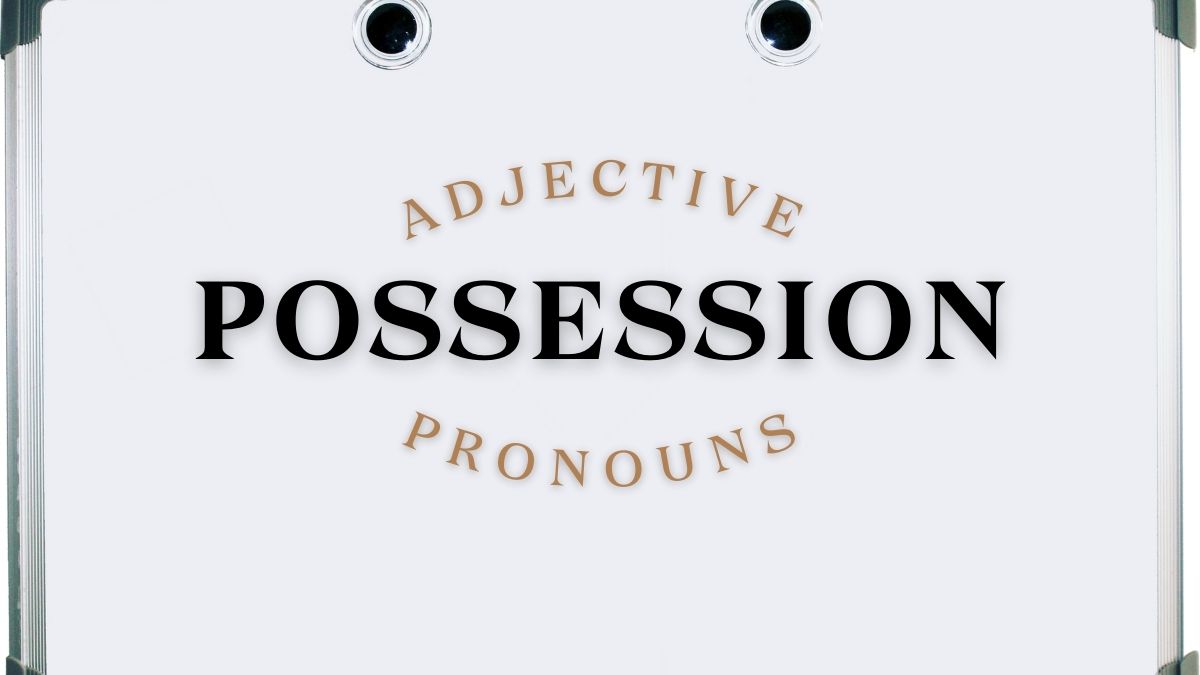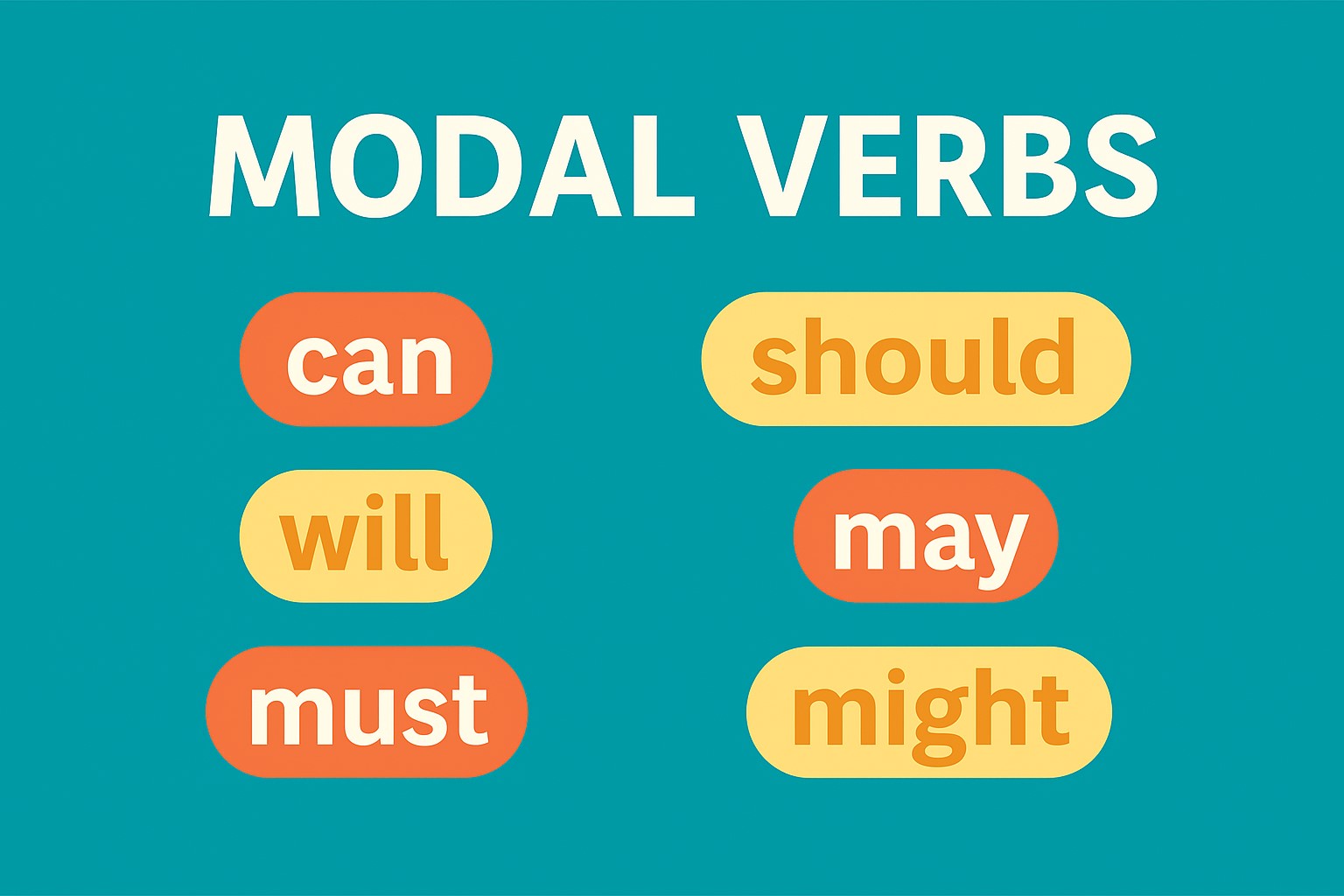English Intonation and Word Stress: Speak with Confidence and Emotion (B2-C1)
Introduction Have you ever wondered why some people sound so natural and engaging when they speak, while others struggle to convey their message effectively? The secret lies in mastering the rhythm, stress, and intonation of speech, particularly in the context of English Intonation and Word Stress. These elements are the backbone of fluent communication, especially […]
Continue lendo









